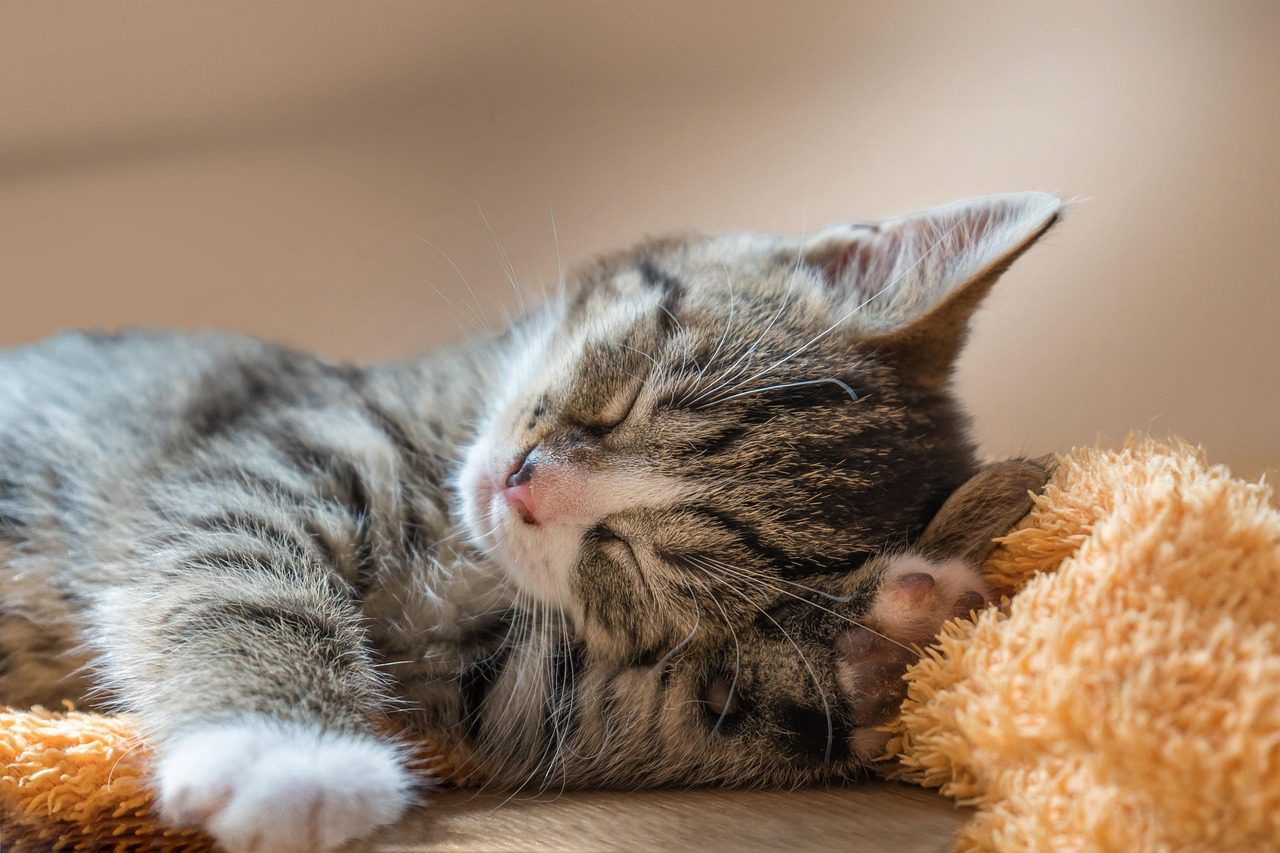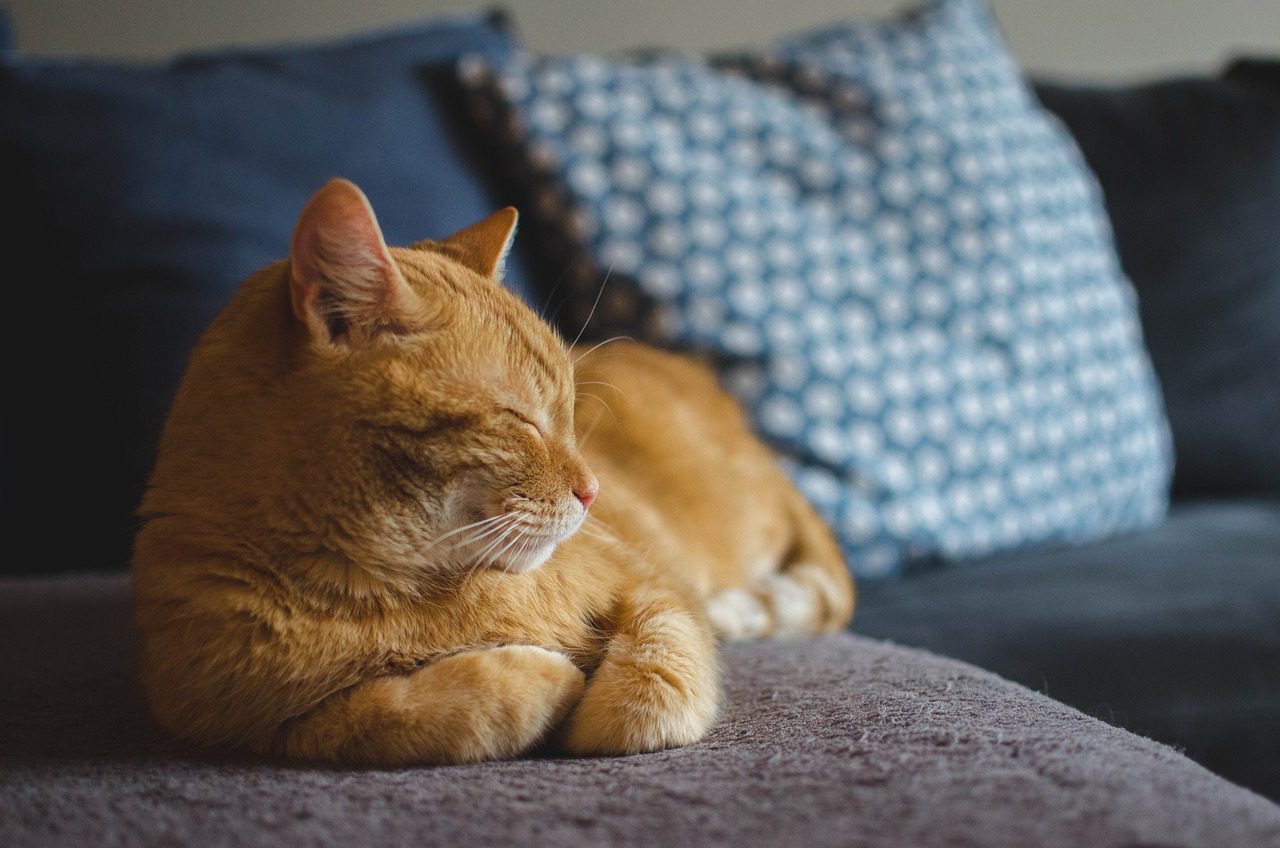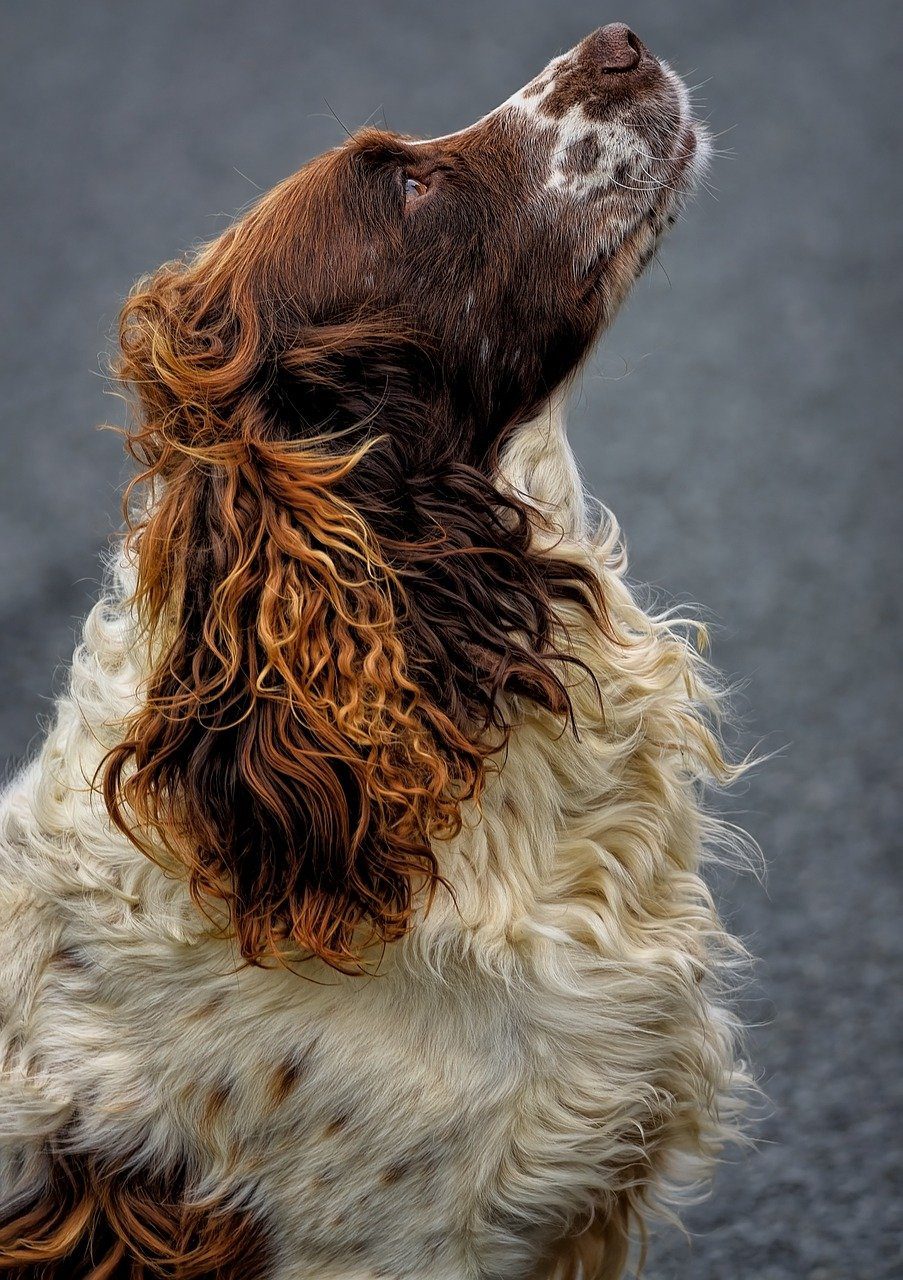Cats hide pain and they are good at it too, so make sure you get them checked over regularly for any problems or injuries!
Tigger was not pleased to see me. Known as a feisty character at the Clinic, he was already giving me the eye when I opened up his travel box.
“He has been hopping on his hind leg occasionally,” his owner shared. I chatted with her about his symptoms whilst allowing him to adapt to his arrival, and then respectfully encouraged him out onto my exam table to perform a mobility examination.
I now do this for every pet over 7 years old, at their regular 6 month check-ups. A recent veterinary lecture I attended confirmed the understanding within the profession that cats are really bad at letting us know when they are in pain. The consensus is that they may become less active as a result of pain, but many owners accept this decline in activity as ‘just old age creeping in’.
However, our finding is that cats hide pain and even if they are experiencing quite severe discomfort and successfully conceal it. Tigger was a good example.
With a sympathetic nurse’s assistance, I manipulated Tigger’s left back leg and was quickly able to establish an obvious reason for the problem. He had dislocated his knee cap. It kept slipping in and out of position under my fingers, and all the associated ligaments that normally keep it in position were torn or abnormally stretched.
I know from a colleague who suffered the same injury that this is screamingly painful. Yet Tigger just gave me a slightly pained look, not dissimilar to his usual supercilious expression.
His owner and I agreed on a non-surgical solution to his problem, and six months later his knee cap has settled down and he has been walking normally on all four paws again. However, arthritis will be an inevitable outcome after such an injury to this important joint.
He is now on my ‘pyramid of care’ for arthritis. The foundations of my pyramid are to manage his weight so that his joints are not under unnecessary pressure; to optimise exercise so that he loosens up his joints and muscles regularly; to use natural products that aid joint healing – acupuncture, hydrotherapy and physiotherapy where appropriate; and finally to provide anti-inflammatories and then painkillers.
I recognise in a large proportion of my feline friends that they are experiencing reduced movement and pain in their joints, necks and backs, usually without ever complaining, unlike Tigger who at least gave us a clue. But they still have the right to a comfortable old age, so I will continue to do my very best to educate their owners and help their pets experience a long and pain-free retirement.
If your older pet has not had a mobility check recently or you believe your cats hide pains from you, contact my friendly team on 01444 456886 and arrange an appointment




